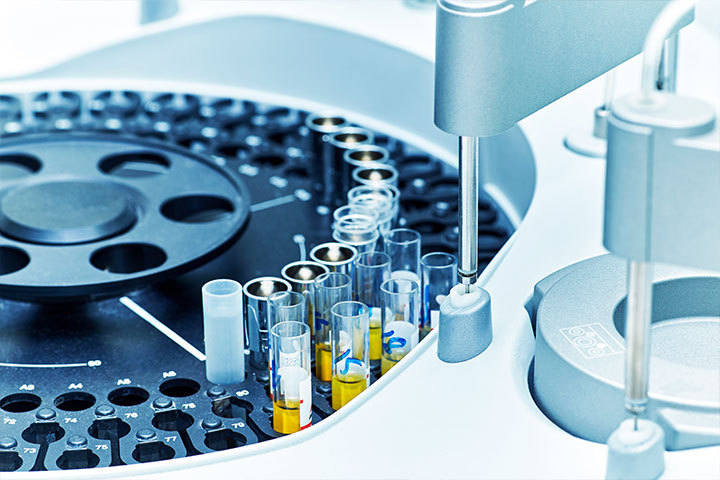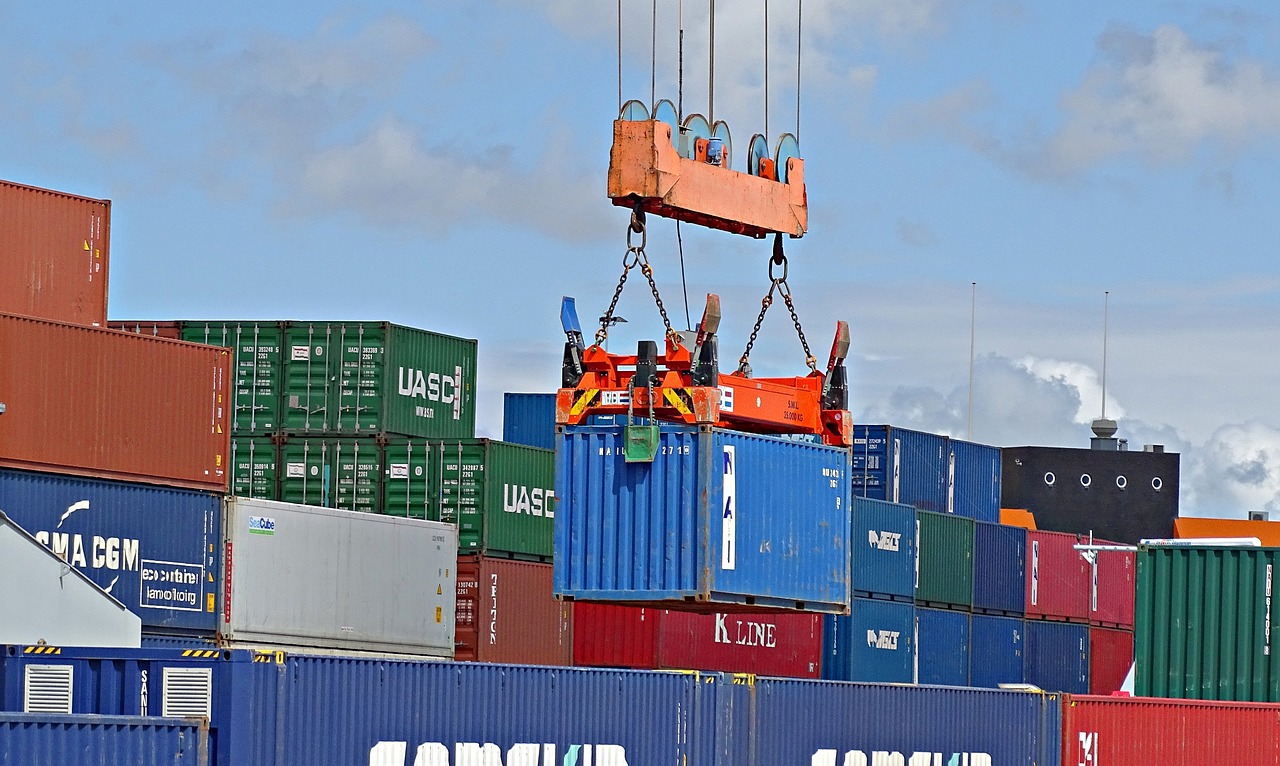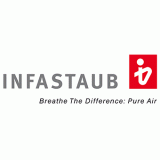
The certification of packaging is carried out in accordance with the technical regulation TR CU 005/2011 On safety of packaging. The requirements apply to products manufactured both within and outside the Eurasian Economic Union (EAEU).
The Eurasian Economic Union - EAEU, established on January 1, 2015 - is a union of five countries: Russia, Belarus, Kazakhstan, Armenia, and Kyrgyzstan. This economic integration includes the harmonization of technical regulations to ensure the free movement of goods and services.
Technical regulations set minimum safety requirements for products. Compliance is demonstrated through EAC Certification, EAC Declaration, or state registration. After successful conformity assessment, products are marked with the EAC Conformity Mark. The EAC marking indicates that the product meets the applicable safety requirements and can be freely marketed in the EAEU.
According to TR CU 005/2011 On safety of packaging, packaging includes products used for protection, storage, and transport of raw materials, semi-finished or finished products.
Classification of Packaging
The technical regulation TR CU 005/2011 distinguishes the following
Packaging Types
- Paper and cardboard packaging: bags, boxes, cartons
- Wood packaging: wooden containers, crates, pallets
- Plastic packaging: only specific plastic types
- Glass packaging: bottles, jars
- Ceramic packaging
- Textile packaging: sacks
- Metal and alloy packaging: tin/aluminum cans, metal containers, tubes
And closures such as caps, corks, stoppers, dispensers, spray devices made of
- Metal
- Cork
- Polymer-based materials
- Combined materials
- Cardboard
The EAC conformity assessment considers the classification of packaging according to its intended use:
- Production packaging: pallets, trays – used in factories
- Consumer packaging: pouches, bags, bottles, canisters – ensures product safety
- Transport packaging: for shipping goods
TR CU 005/2011 also covers the following product aspects and properties:
- Material safety
- Sealing
- Chemical resistance
- Mechanical properties
Polymer packaging must meet additional requirements: sealing, hot water resistance, mechanical strength.
Packaging in contact with food must comply with hygiene standards. The amount of harmful substances released over time must not exceed permitted toxicity levels.
EAC Conformity Assessment
Conformity assessment for packaging is exclusively in the form of EAC Declaration and is mandatory.
EAC Declaration Schemes
| Scheme | Description |
|---|---|
| 1D | For serial production. Product testing is conducted by the manufacturer. Tests can be performed on typical samples. |
| 2D | For batch delivery. Product testing is conducted by the manufacturer. Tests can be performed on typical samples. |
| 3D | For serial production. Product testing must be performed by an EAEU-accredited laboratory. |
| 4D | For batch delivery. Product testing must be performed by an EAEU-accredited laboratory. |
| 5D | For serial production. Product testing must be performed by an EAEU-accredited laboratory. |
Schemes 3D, 4D, and 5D apply to packaging and closures intended for:
- Food, including baby food
- Perfume and cosmetic products in direct contact with the contents
- Toys and children’s items in contact with a child’s mouth
No EAC conformity assessment is required for packaging of:
- Medical devices
- Medicinal products
- Pharmaceutical goods
- Tobacco
- Dangerous goods
- Used packaging
A Negative letter can be issued in such cases.
Steps of EAC Declaration
- Submit an application to a certification body
- Laboratory testing for schemes 3D, 4D, and 5D
- Issue of test report
- Registration of the declaration
First, the applicant submits an application including product name and key features.
Then samples are tested in an accredited lab to verify compliance. The results are recorded, and the declaration is registered.
Sample Testing for EAC Declaration
Testing is mandatory for schemes 3D, 4D, and 5D. Representative samples are tested for compliance and suitability.
Only accredited labs are authorized to test. A lab must:
- Have accreditation (e.g., Rosaccreditation)
- Be listed in the EAEU registry of testing labs
For schemes 1D and 2D, in-house testing is allowed, provided technical regulations are observed.
Sample Submission Guidelines
Guidelines on selecting and shipping test samples are available in our article "Selection and shipment of samples for EAC certification and EAC declaration".
Tips for sample shipment are provided in our article "Uncomplicated sample shipments to Russia".
Test Report
Test results are recorded in an official test report issued by the lab. Based on this, a certificate or declaration is issued.
The test report must include:
- Basis of testing
- Manufacturer information
- Sample description
- Test methods
- Date
- Results
EAC Marking

Products compliant with TR CU 005/2011 may be marked with the EAC mark. Marketing unmarked products may result in fines or confiscation.
More on packaging label requirements: Product and Packaging Labeling in EAEU.
Authorized representative
 The manufacturer, which is not based in one of the member states of the Eurasian Economic Union, is not entitled to request the conformity assessment of cosmetics to comply with the requirements of the relevant technical regulations.
The manufacturer, which is not based in one of the member states of the Eurasian Economic Union, is not entitled to request the conformity assessment of cosmetics to comply with the requirements of the relevant technical regulations.
In order to carry out a conformity assessment, the foreign manufacturer must appoint an authorized representative in one of the member states of the Eurasian Economic Union. This then represents the foreign manufacturer's interest in working with the certification bodies of the Eurasian Economic Union with regard to the safety and quality of products and compliance with technical regulations.
According to applicable law and in accordance with the technical regulation of the Economic Union, only an entrepreneur based in the territory of the Eurasian Economic Union may be named as an authorized representative.
Period of validity of EAC conformity assessment certificates for packaging
The validity period of the EAC certificate or EAC declaration for packaging differs depending on the applied technical regulations, the selected scheme, the type of production (serial production, individual delivery, etc.) and equipment and ranges on average from one to 5 years. Those parameters are determined in the respective technical regulation.
Duration and costs for EAC certification
The duration and costs associated with an EAC certificate application for packaging depend on several different factors, such as the classification of the product, any required laboratory checks and the complexity of all examinations. As such the exact conditions of the EAC certification are always determined individually based on the required documentation.
Please note that an application for an EAC declaration can take several weeks to process.





















































